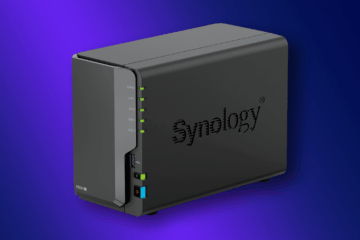Tesla is starting to push a software update to its customers in China that appears to fulfill a long-gestating goal for the company to offer its controversial Full Self-Driving features in its largest car market. Or does it?
According to Not a Tesla App, it’s unclear whether the version of FSD that Tesla is offering in China is the same as the one available in North America. For one thing, it’s not even called FSD, but rather, “Urban Road Autopilot Assistance” (URAA). According to the website:
On controlled-access highways and urban roads, URAA guides vehicles according to navigation routes, assisting with entering and exiting highways, navigating intersections, and recognizing traffic lights to perform actions like going straight, turning left or right, or making U-turns.
That sounds like FSD, which is a semiautonomous driver-assist system that responds to traffic lights and stop signs, performs lane changes, and includes a self-parking feature. Not a Tesla App also found a video on X that appears to show a Tesla owner using URAA in China. On the surface, it looks a lot like FSD, including a visualization on the central touchscreen with the familiar blue line emanating from the vehicle to indicate the driving path.
But Reuters reports that the Chinese version of FSD will be “less capable” than the North American version “due to insufficient data training on Chinese roads and traffic rules,” citing unnamed sources. The software update is being pushed out in batches, so it’s unlikely that everyone who paid for the feature — which reportedly costs 64,000 yuan (about $8,800) — will receive it right away. Bloomberg says the update will only be available to vehicles with “HW 4.0,” which includes most Model Y and Model 3 vehicles built in China last year.
Elon Musk has long sought approval for FSD from Chinese regulators, even flying to Beijing last year to meet with government officials about deploying the semiautonomous feature. But he acknowledged that the company was running into obstacles, including a lack of usable training data, and that Tesla engineers were trying to resolve those issues by using videos of driving in China that were found on the internet. Reuters reports that Musk is considering building a local data center in China to process data.
The Chinese version of FSD will be “less capable” than the North American version
The delays have hurt Tesla’s ability to compete with Chinese EV makers, including BYD, which recently rolled out its own advanced driver-assist system called God’s Eye. China is an enormously important market for Tesla, which reported its first year-over-year sales decline in 2024. Xiaomi’s SU7, which sells for less than $30,000, with the company offering a smart city driving feature in its cars for free, has outsold the Model 3 on a monthly basis, according to Reuters. Chinese law requires driver supervision for its Level 2 assist features.
Tesla has said repeatedly that FSD will ultimately lead to fully driverless cars — though Musk recently admitted that most Tesla vehicles will need a significant hardware update in order to achieve unsupervised driving. Tesla’s approach to autonomy has also been criticized for lacking redundant sensors like lidar and for falling short of the capabilities of companies like Waymo.
In its 2024 roadmap, Tesla said it would launch FSD in China and Europe in the first quarter of 2025. The company has yet to receive regulatory approval in Europe for the driver-assist feature.

